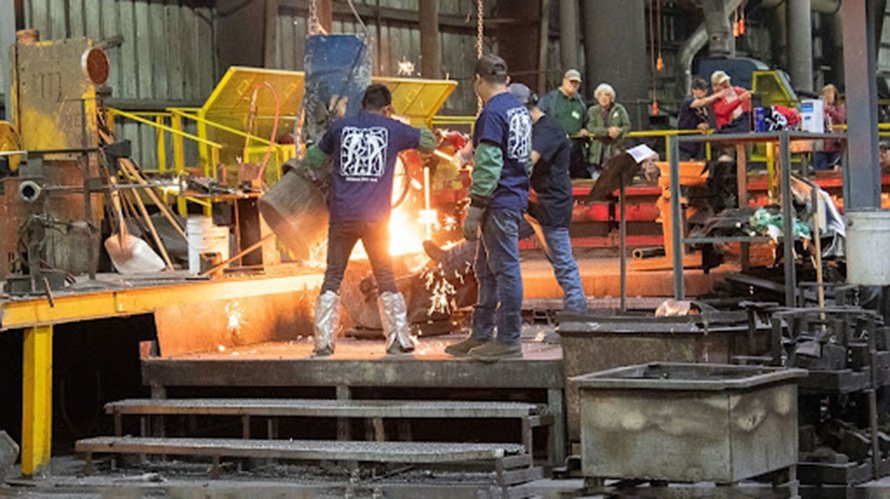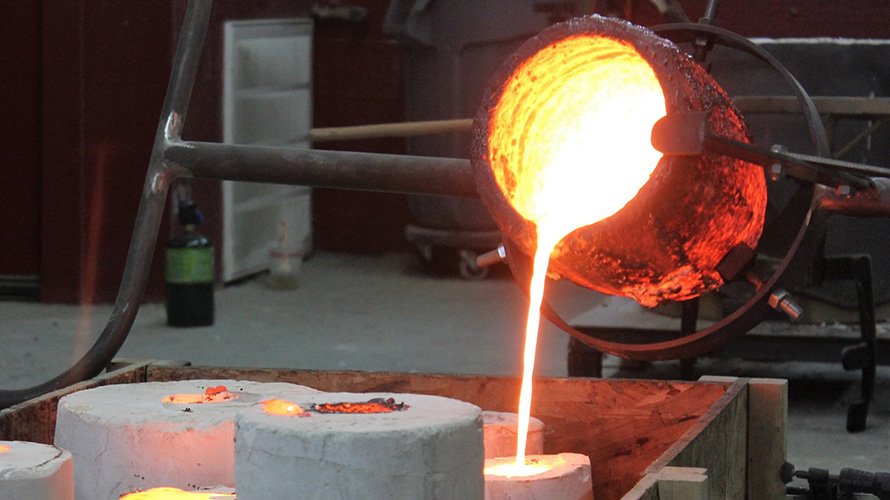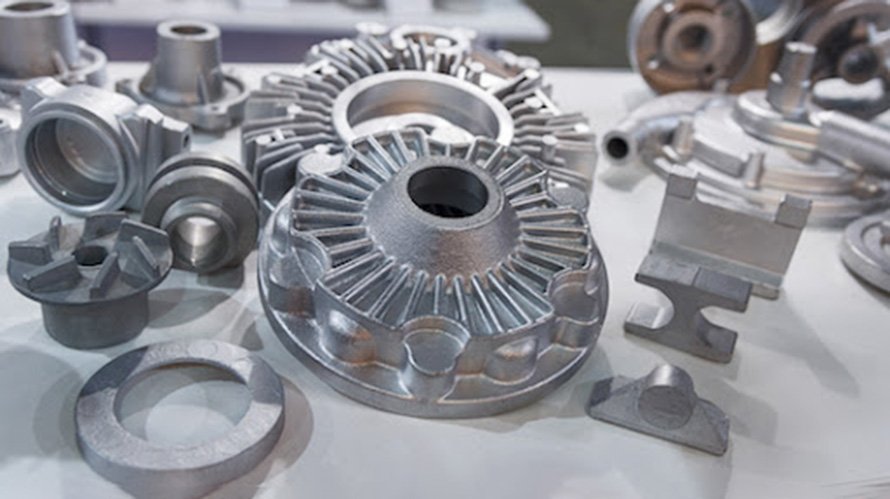Metal casting is one of the oldest and most versatile manufacturing processes, allowing for the creation of complex and high-strength components across various industries. However, achieving a high-quality cast product depends on a well-thought-out design that takes into account multiple technical, material, and process-related factors.
Poor casting design can lead to defects, inefficiencies, and high production costs, while optimized designs ensure durability, cost-effectiveness, and superior performance. In this blog, we will explore the critical aspects of metal casting design and how they impact the final product.

Understanding the Basics of Metal Casting Design
Metal casting design is not just about shaping a product—it involves ensuring manufacturability, minimizing defects, and optimizing material usage. Every design decision affects the mold creation, cooling process, and final mechanical properties of the cast part.
When designing for metal casting, engineers must balance functionality, cost, and efficiency to achieve a product that meets performance requirements without unnecessary complexity or waste.
Factors That Influence Casting Design
Several factors influence the design of a cast component, including:
Material properties: Different metals behave uniquely during melting, pouring, and cooling, which affects design considerations.
Molding process: The chosen casting method (e.g., sand casting, investment casting, die casting) determines the level of detail and precision possible.
Cooling and solidification: The way a metal cools inside a mold influences internal stresses, shrinkage, and potential defects.
Final application: The function of the part dictates design elements such as wall thickness, weight distribution, and structural integrity.
Understanding these fundamentals helps manufacturers develop cast designs that meet both technical and economic requirements.
Key Design Considerations in Metal Casting
Choosing the right metal or alloy for casting is a crucial first step in the design process. The material affects not only the performance of the finished part but also the casting method, mold type, and potential defects.
Common Casting Metals and Their Characteristics
Iron and Steel: High strength and wear resistance, used in automotive and industrial applications.
Aluminum Alloys: Lightweight, corrosion-resistant, and excellent for aerospace and consumer goods.
Copper-Based Alloys (Bronze and Brass): Excellent conductivity and corrosion resistance, widely used in electrical and decorative applications.
Zinc and Magnesium Alloys: Ideal for precision components in die casting due to their excellent castability.
Each metal exhibits unique shrinkage rates, melting points, and fluidity, all of which must be considered in the design phase to avoid defects like warping, cracks, and porosity.
The thickness of a cast component's walls affects cooling rates, material distribution, and mechanical strength. Designing with uniform wall thickness helps prevent defects such as shrinkage cavities and uneven cooling stresses.
Why Uniform Thickness Matters
Minimizes shrinkage and warping: Uneven walls cause differential cooling rates, leading to internal stresses.
Enhances material flow: Consistent wall thickness ensures proper mold filling and reduces the risk of incomplete casting.
Improves structural integrity: A balanced thickness avoids weak points in the final part.
For components that require varying wall thicknesses, gradual transitions should be designed to minimize abrupt changes that can lead to stress concentrations.
A draft angle is a slight taper added to vertical surfaces of a cast part to facilitate easy removal from the mold. Without an appropriate draft, the part may stick to the mold, causing defects or increasing production difficulties.
In sand casting, draft angles typically range from 1 to 3 degrees.
Parting Line Placement
Surface finish: Poorly placed parting lines can lead to excess material (flash) that requires post-processing.
Dimensional accuracy: Improper parting line placement can result in misalignment and dimensional inconsistencies.
Ease of mold removal: A strategically placed parting line reduces the risk of defects and makes the molding process more efficient.
Well-planned draft angles and parting lines contribute to better mold life and cost-effective production.
Gating and Risering System Design
The gating system controls the flow of molten metal into the mold, while risers ensure proper filling and compensate for shrinkage during solidification. Proper design of these elements is essential for preventing defects such as porosity, cold shuts, and misruns.

Effective Gating System Design
Sprue and runners should be designed to minimize turbulence, which can introduce air pockets and oxide inclusions. Gate location should promote uniform filling and avoid premature solidification in thin sections. Fillets and radii should be used at intersections to reduce turbulence and improve flow.
Preventing Defects Through Smart Design
Porosity (air pockets or voids) and shrinkage (material contraction) are common casting defects that can weaken a component. Proper gating and risering systems help mitigate these issues.
Additionally, chilling techniques—using external cooling aids—can control solidification rates and prevent porosity in critical areas.
Reducing Stress Concentrations
Sharp corners and abrupt changes in geometry create stress concentrations that can lead to cracks and premature failure. Using fillets (rounded edges) and smooth transitions instead of sharp angles enhances strength and durability.
Controlling Cooling Rates
Cooling rates must be managed to avoid hot tears (cracks due to uneven cooling) and warping. Thick sections take longer to cool, which can create internal stresses. By designing uniform thickness and controlled cooling paths, manufacturers can produce defect-free castings.
Optimizing Metal Casting for Efficiency
Efficient casting design minimizes excess material while ensuring functional performance. Techniques such as topology optimization—using computer simulations to optimize material distribution—can lead to lightweight yet strong castings.
Enhancing Machinability
Some cast components require additional machining for precision features. Designing with machining allowances ensures there is enough material to work with without excessive waste or added costs.
Improving Production Speed
By optimizing gating, cooling, and mold design, manufacturers can reduce cycle times and improve overall production efficiency. Modern simulation software can predict material behavior and solidification, helping engineers refine designs before actual casting begins.

Conclusion
Metal casting design is a complex yet essential aspect of manufacturing that directly impacts product quality, efficiency, and cost. By carefully considering factors like material selection, wall thickness, draft angles, gating, risering, and defect prevention, engineers can create optimized castings that meet industry standards.
Successful casting design is a balance between functionality, manufacturability, and cost-effectiveness. With advancements in simulation tools and modern casting techniques, manufacturers can refine designs before production, reducing waste and ensuring high-performance components.
Whether you're developing an automotive component, aerospace part, or industrial machine casting, applying these principles will help you achieve better results with fewer defects and lower costs.







